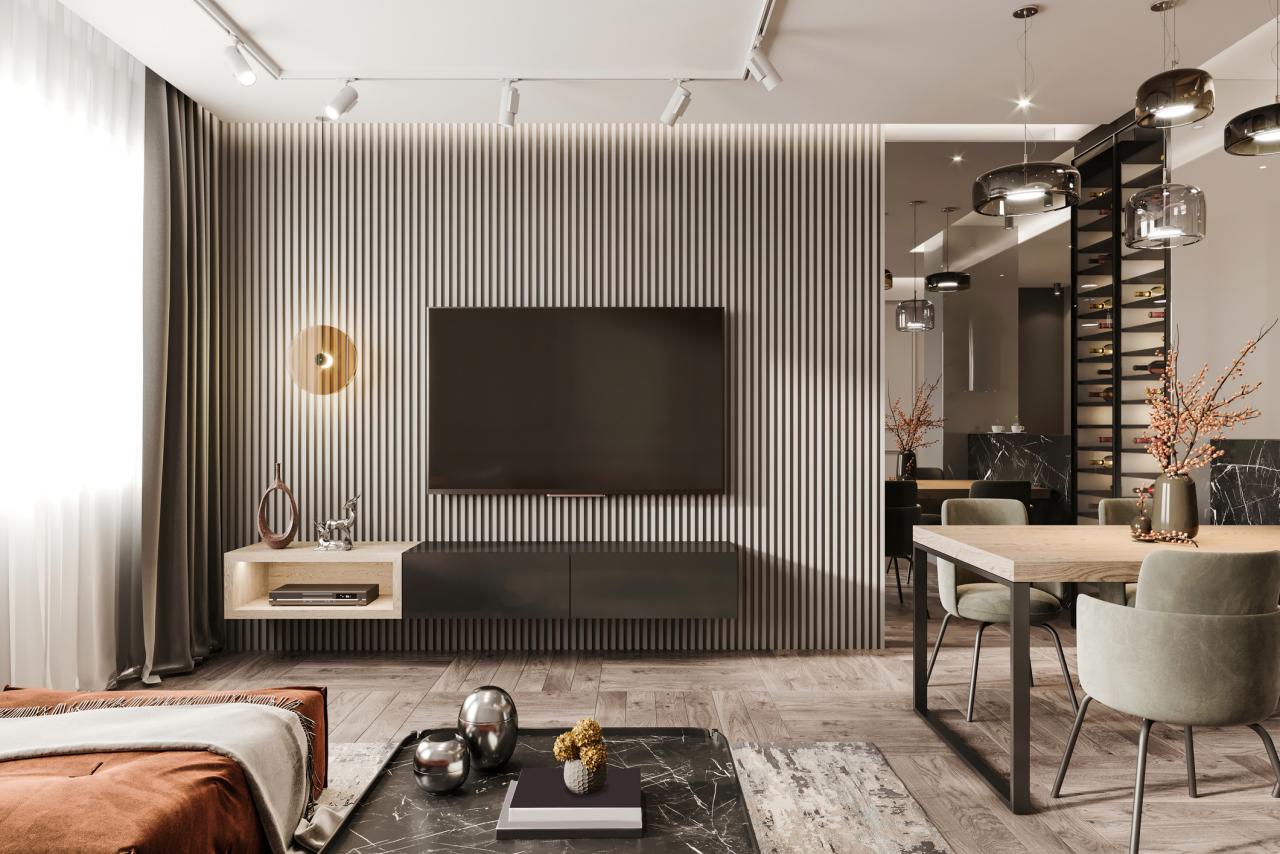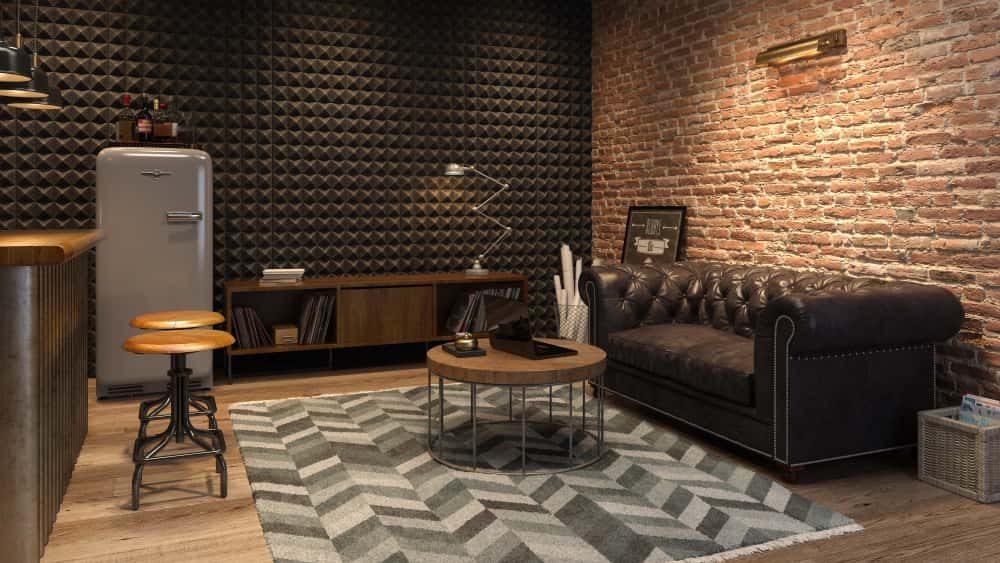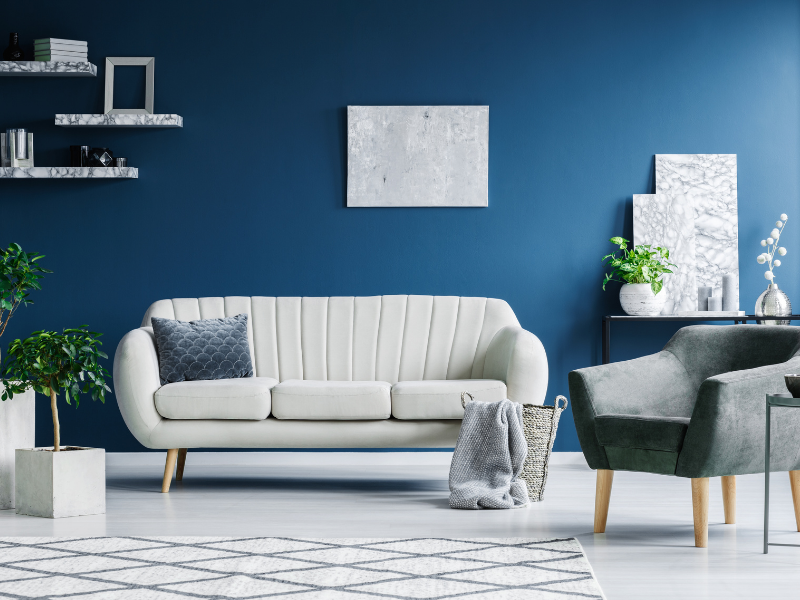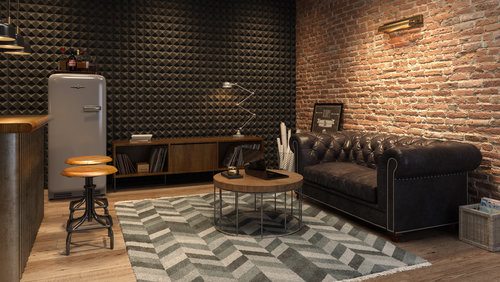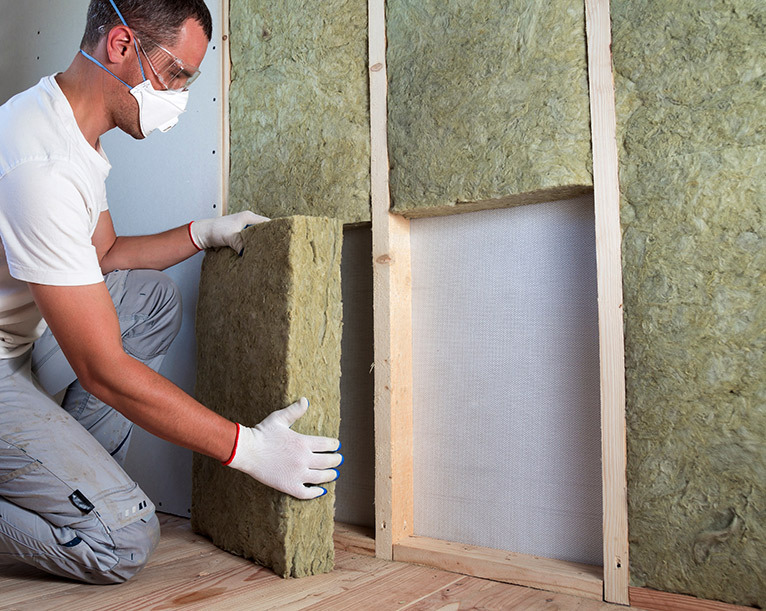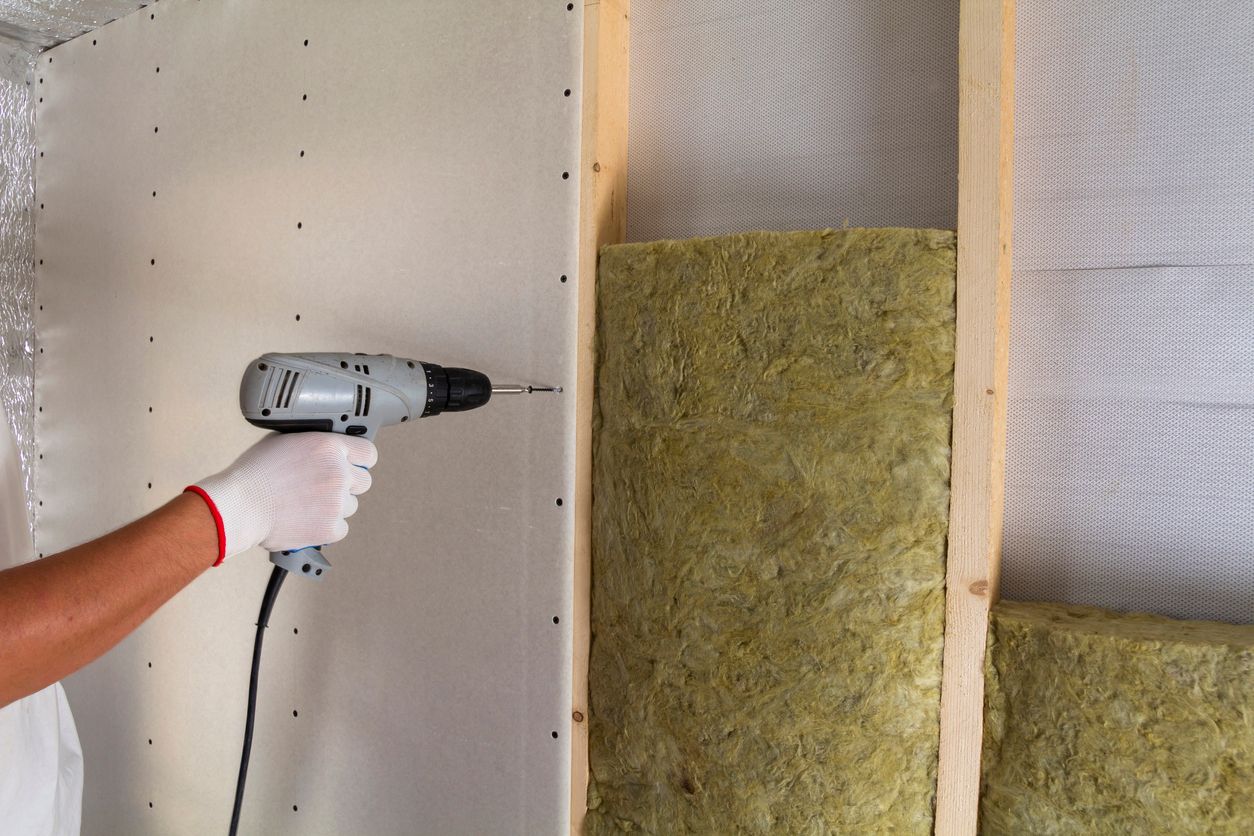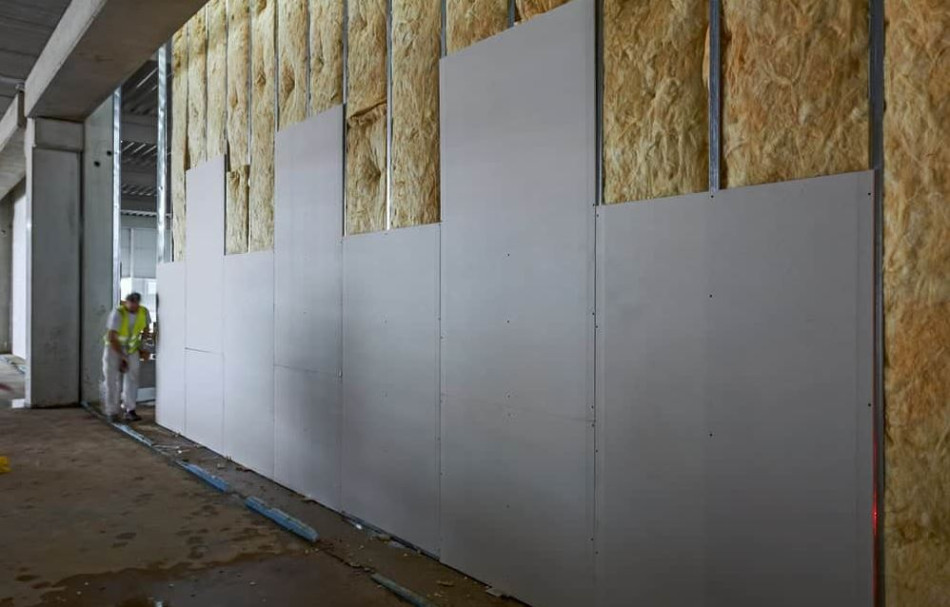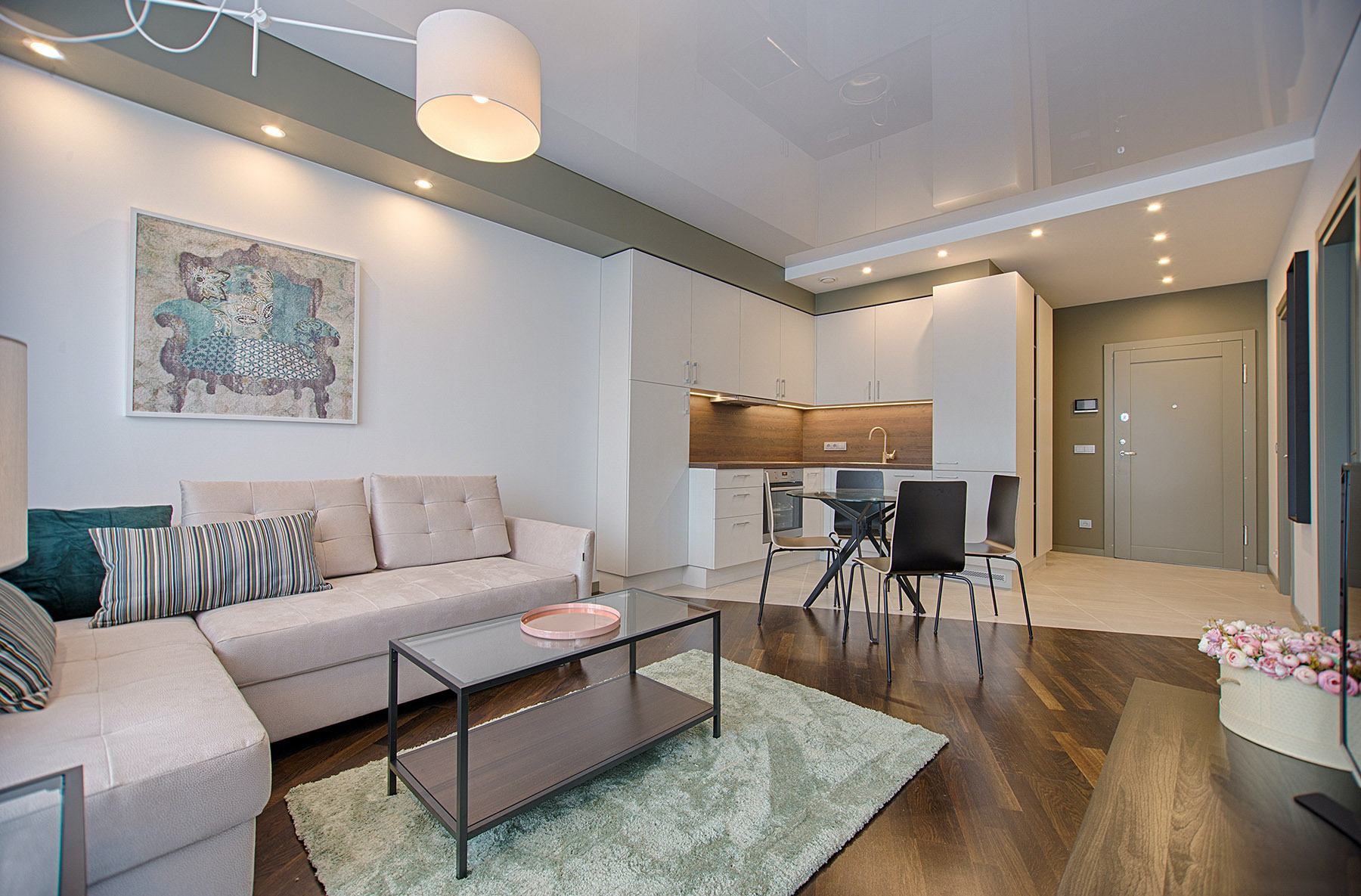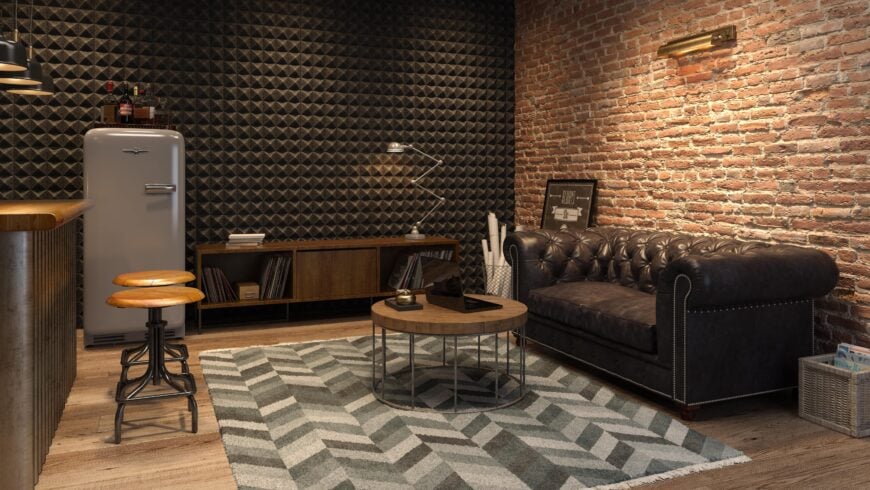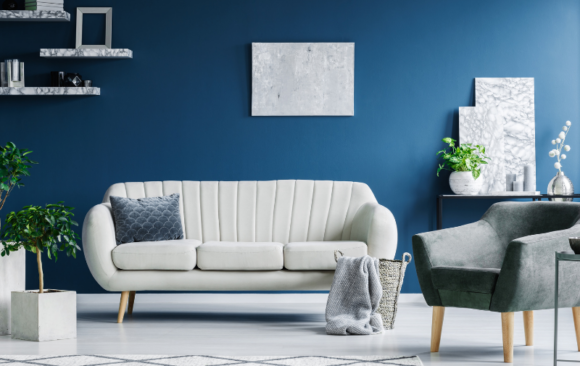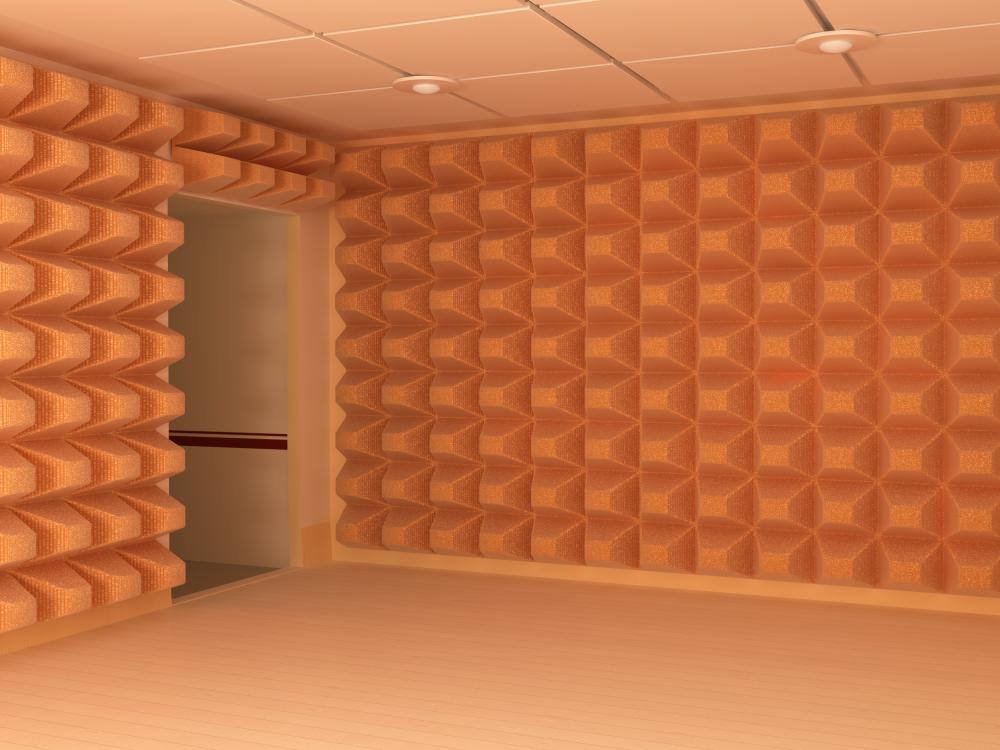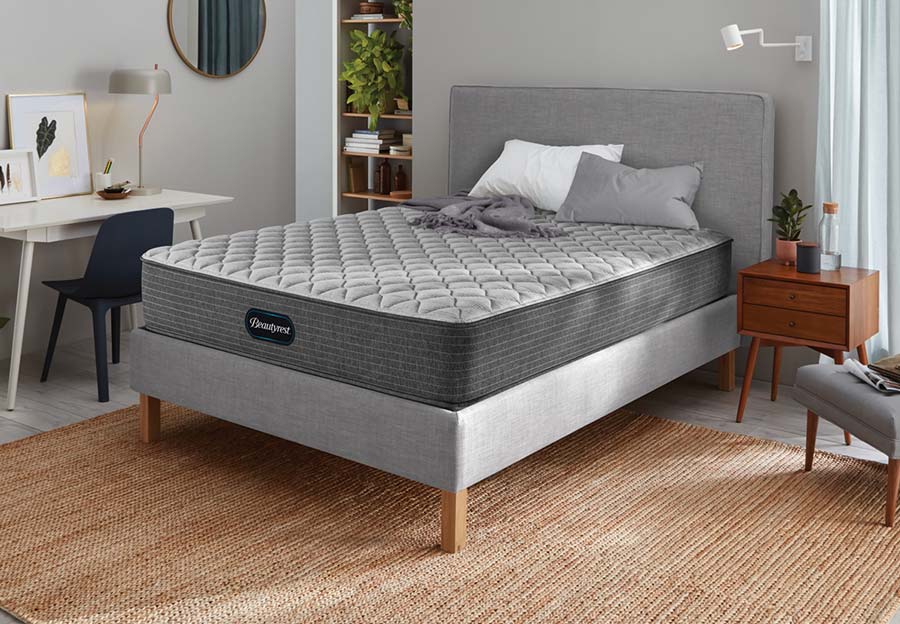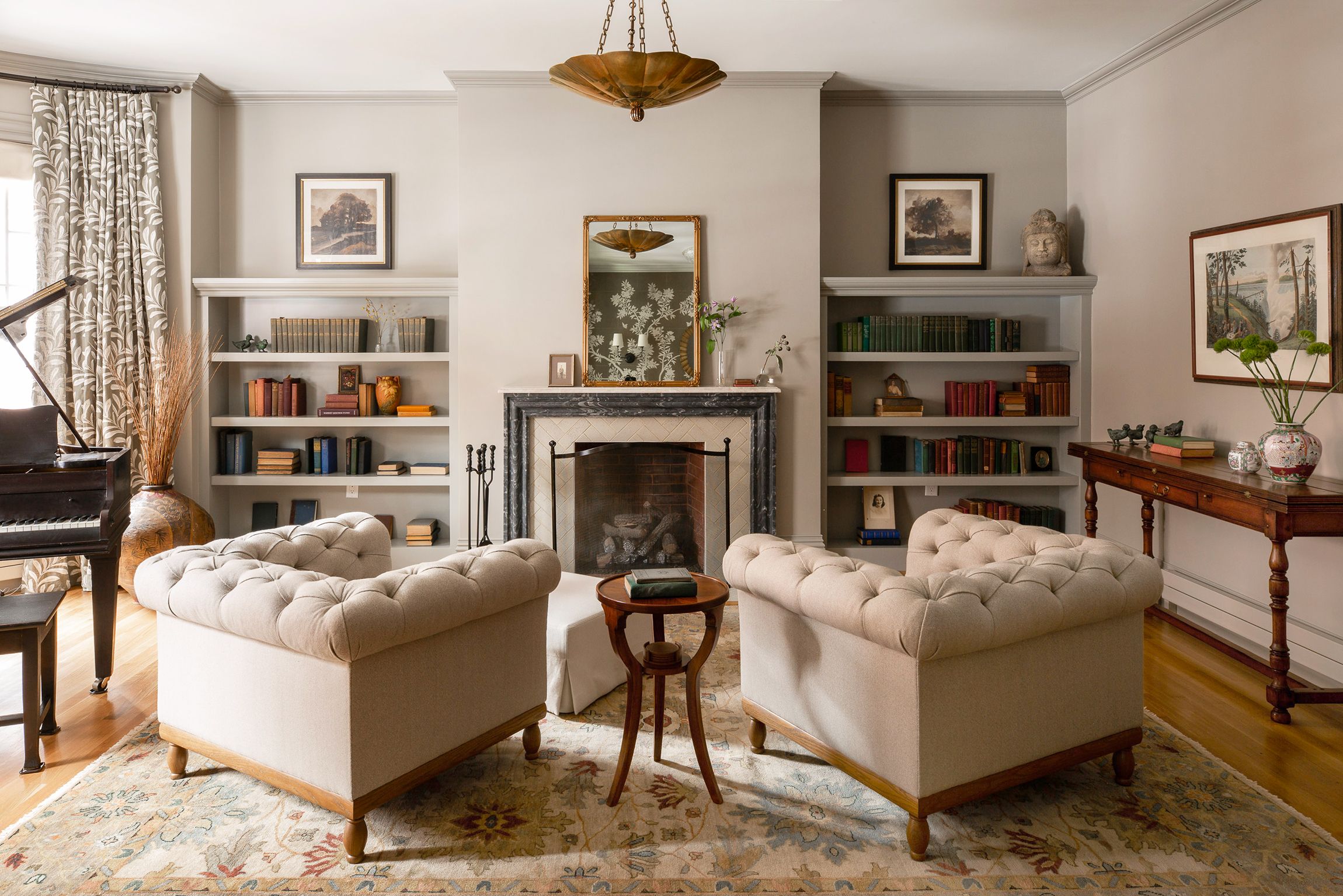If you're tired of hearing your neighbors' conversations or the noise from traffic outside, soundproofing your living room wall can make a big difference. With the right materials and techniques, you can create a peaceful and quiet living space. In this guide, we'll walk you through everything you need to know about soundproofing your living room wall.Soundproofing a Living Room Wall: A Complete Guide
Soundproofing a living room wall may seem like a daunting task, but it's actually quite simple. Follow these 7 steps to effectively soundproof your living room wall: Step 1: Identify the source of the noise. Is it coming from outside or from a shared wall with your neighbor? Step 2: Choose the right soundproofing materials for your wall. This can include foam panels, acoustic insulation, or mass-loaded vinyl. Step 3: Prepare the wall by cleaning it and removing any debris or loose paint. Step 4: Install the soundproofing materials on the wall, making sure to cover the entire surface. Step 5: Seal any gaps or cracks with acoustic caulk to prevent sound from leaking through. Step 6: Add a layer of drywall or acoustic panels on top of the soundproofing materials for extra noise reduction. Step 7: Finish the wall with a coat of sound-absorbing paint for maximum soundproofing.How to Soundproof a Living Room Wall in 7 Simple Steps
If you live in a noisy area or have loud neighbors, you may need to take extra measures to soundproof your living room wall. Here are some effective solutions to consider: Acoustic Panels: These panels, made of foam or fabric, are designed to absorb sound and reduce noise levels in a room. Mass-Loaded Vinyl: This material is dense and heavy, making it an effective sound barrier when installed on walls. Acoustic Insulation: This type of insulation is specifically designed for soundproofing and can be installed inside walls to block out noise. Soundproof Curtains: These thick, heavy curtains can be hung on windows or walls to block out outside noise.Soundproofing Solutions for Noisy Living Room Walls
When it comes to soundproofing your living room wall, there are several materials to choose from. Here's a comparison of the most commonly used soundproofing materials: Foam Panels: These lightweight panels are affordable and easy to install, but may not provide as much soundproofing as other materials. Acoustic Insulation: This type of insulation is effective for soundproofing, but can be more expensive and difficult to install. Mass-Loaded Vinyl: This material is heavy and dense, making it a great sound barrier, but it can be more costly than other options. Acoustic Paint: This paint contains sound-absorbing materials and can be applied over existing walls for added soundproofing.Soundproofing Materials for Living Room Walls: A Comparison
If you live in an apartment or share a wall with your neighbor, soundproofing can be a bit trickier. Here are some tips to effectively soundproof a shared living room wall: Install Soundproofing Materials: Use mass-loaded vinyl, foam panels, or acoustic insulation on your side of the wall to block out noise from your neighbor. Seal Any Gaps: Make sure to seal any gaps or cracks in the wall with acoustic caulk to prevent sound from leaking through. Add a Bookshelf: Place a bookshelf against the shared wall to create an extra layer of sound insulation. Hang Soundproofing Curtains: Hang heavy, soundproof curtains on your side of the wall to block out noise from your neighbor.Soundproofing a Shared Wall in a Living Room: Tips and Tricks
Soundproofing materials can be expensive, but there are ways to soundproof your living room wall on a budget. Here are some cost-effective options to consider: Egg Cartons: While not the most aesthetically pleasing option, egg cartons can be glued to a wall to absorb sound. Thick Rugs: Placing thick rugs on your living room wall can help absorb sound and reduce noise levels. Weatherstripping Tape: Use this tape to seal any gaps or cracks in the wall and prevent sound from leaking through. DIY Soundproofing Panels: With some foam, fabric, and a wooden frame, you can create your own soundproofing panels at a fraction of the cost.Soundproofing a Living Room Wall on a Budget
If you have a home theater in your living room, soundproofing is crucial for an immersive movie-watching experience. Here's how to effectively soundproof your living room wall for a home theater: Use Mass-Loaded Vinyl: This material is dense and heavy, making it an excellent sound barrier for loud movie sound effects. Install Acoustic Panels: These panels can be placed on the wall behind your TV to absorb sound and improve acoustics. Add a Layer of Drywall: For extra soundproofing, install a layer of drywall on top of the acoustic panels. Seal Any Gaps: Make sure to seal any gaps or cracks in the wall with acoustic caulk to prevent sound from leaking through.Soundproofing a Living Room Wall for Home Theaters
Noise from outside or other parts of the house can disrupt your sleep. Here's how to soundproof your living room wall for a more peaceful and restful sleep: Insulate Your Walls: Use acoustic insulation to create a sound barrier and reduce noise levels in your living room. Hang Soundproof Curtains: These thick curtains can block out outside noise and improve the overall acoustics of the room. Use White Noise: Consider using a white noise machine or app to help mask any remaining noise and promote better sleep. Install a Solid Core Door: If your living room shares a wall with a noisy area of the house, replacing the door with a solid core door can help reduce sound transmission.Soundproofing a Living Room Wall for Better Sleep
Living in an apartment often means dealing with noisy neighbors or outside noise. Here's how to soundproof your living room wall in an apartment: Talk to Your Landlord: Before making any changes to your living room wall, check with your landlord to make sure it's allowed. Use Removable Soundproofing Materials: Opt for materials that can be easily removed when you move out, such as acoustic panels or soundproofing curtains. Hang Wall Art: Large, heavy wall art can help absorb sound and reduce noise levels in your living room. Invest in Noise-Cancelling Headphones: If all else fails, invest in a good pair of noise-cancelling headphones to block out any unwanted noise.Soundproofing a Living Room Wall for Apartment Dwellers
While soundproofing can be done as a DIY project, hiring a professional can save you time and ensure the job is done correctly. Here are some things to consider when deciding between professional installation and a DIY approach: Cost: Professional installation can be more expensive, but they have the expertise and equipment to do the job effectively. Time: If you're short on time, hiring a professional can save you the hassle of sourcing materials and completing the project on your own. Expertise: If you're not confident in your DIY skills, it may be best to hire a professional to ensure the soundproofing is done correctly. Warranty: Professional installation often comes with a warranty, giving you peace of mind in case any issues arise in the future.Soundproofing a Living Room Wall: Professional Installation vs. DIY
The Benefits of Soundproof Living Room Walls in House Design

The Importance of Soundproofing in House Design
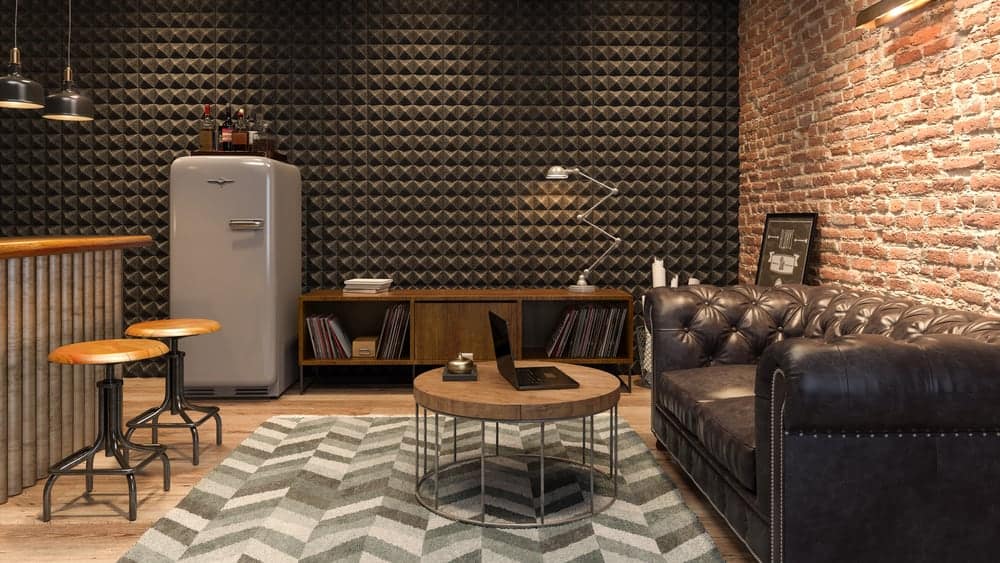 When designing a home, there are many aspects to consider such as layout, color scheme, and furniture. However, one important factor that is often overlooked is soundproofing.
Soundproofing
in house design
is becoming increasingly popular
as people realize the benefits it offers.
One of the most common areas in a house where soundproofing is needed is the living room
. It is the heart of the home, where families gather to relax, entertain, and spend quality time together.
Having a soundproof living room wall can greatly enhance the overall experience and functionality of the space.
When designing a home, there are many aspects to consider such as layout, color scheme, and furniture. However, one important factor that is often overlooked is soundproofing.
Soundproofing
in house design
is becoming increasingly popular
as people realize the benefits it offers.
One of the most common areas in a house where soundproofing is needed is the living room
. It is the heart of the home, where families gather to relax, entertain, and spend quality time together.
Having a soundproof living room wall can greatly enhance the overall experience and functionality of the space.
Creating a Peaceful and Private Sanctuary
 With the hectic pace of modern life, it's important to have a peaceful and private space to retreat to.
A soundproof living room wall can provide just that.
It creates a barrier between the outside noise and your living space, allowing you to enjoy a quiet and peaceful atmosphere. This is especially important for homes located in busy areas or near noisy neighbors.
With a soundproof living room wall, you can relax and unwind without being disturbed by outside noise.
With the hectic pace of modern life, it's important to have a peaceful and private space to retreat to.
A soundproof living room wall can provide just that.
It creates a barrier between the outside noise and your living space, allowing you to enjoy a quiet and peaceful atmosphere. This is especially important for homes located in busy areas or near noisy neighbors.
With a soundproof living room wall, you can relax and unwind without being disturbed by outside noise.
Enhancing the Entertainment Experience
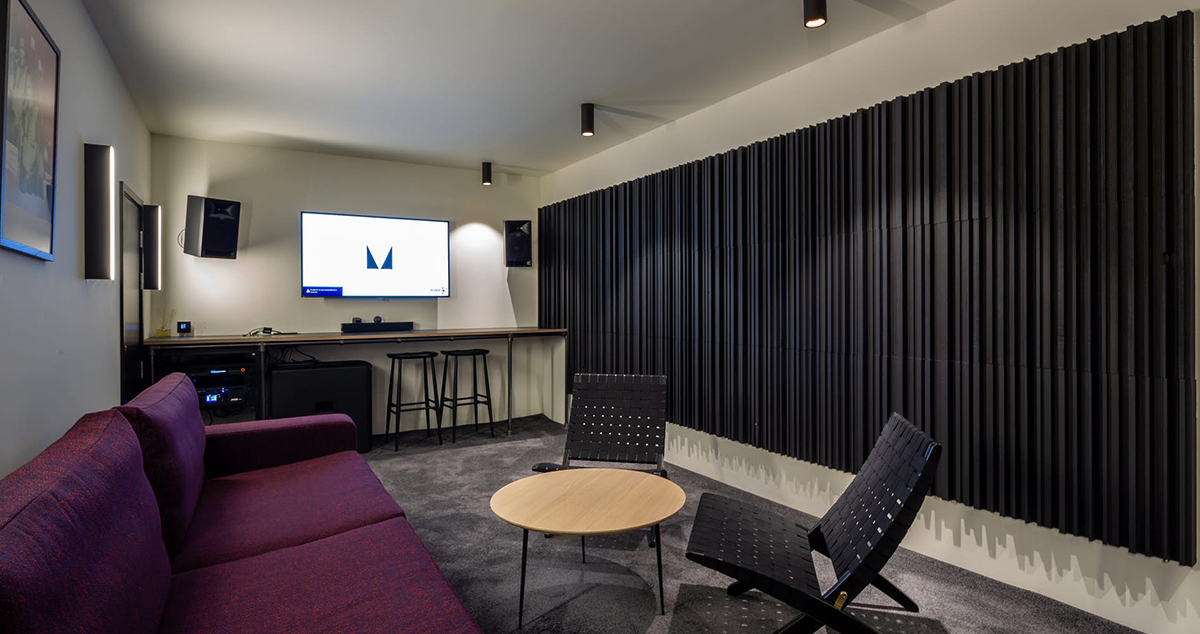 The living room is also a space for entertainment, whether it's watching movies, listening to music, or playing games.
A soundproof living room wall can greatly enhance the entertainment experience by minimizing outside noise and creating a more immersive atmosphere.
No longer will you have to turn up the volume to drown out the noise from outside.
You can fully enjoy your favorite movies and music without disturbing others in the house or being disturbed by outside noise.
The living room is also a space for entertainment, whether it's watching movies, listening to music, or playing games.
A soundproof living room wall can greatly enhance the entertainment experience by minimizing outside noise and creating a more immersive atmosphere.
No longer will you have to turn up the volume to drown out the noise from outside.
You can fully enjoy your favorite movies and music without disturbing others in the house or being disturbed by outside noise.
Improving the Overall Functionality of the Space
 In addition to creating a peaceful and private sanctuary and enhancing the entertainment experience, a soundproof living room wall can also improve the overall functionality of the space.
It can help to reduce echo and reverberation, making it easier to have conversations and hear each other clearly.
This is especially beneficial if you have an open floor plan where the living room is connected to the kitchen or dining area.
Having a soundproof living room wall can also minimize noise transfer between rooms, making it easier to have multiple activities going on at once without disturbing each other.
In addition to creating a peaceful and private sanctuary and enhancing the entertainment experience, a soundproof living room wall can also improve the overall functionality of the space.
It can help to reduce echo and reverberation, making it easier to have conversations and hear each other clearly.
This is especially beneficial if you have an open floor plan where the living room is connected to the kitchen or dining area.
Having a soundproof living room wall can also minimize noise transfer between rooms, making it easier to have multiple activities going on at once without disturbing each other.
Conclusion
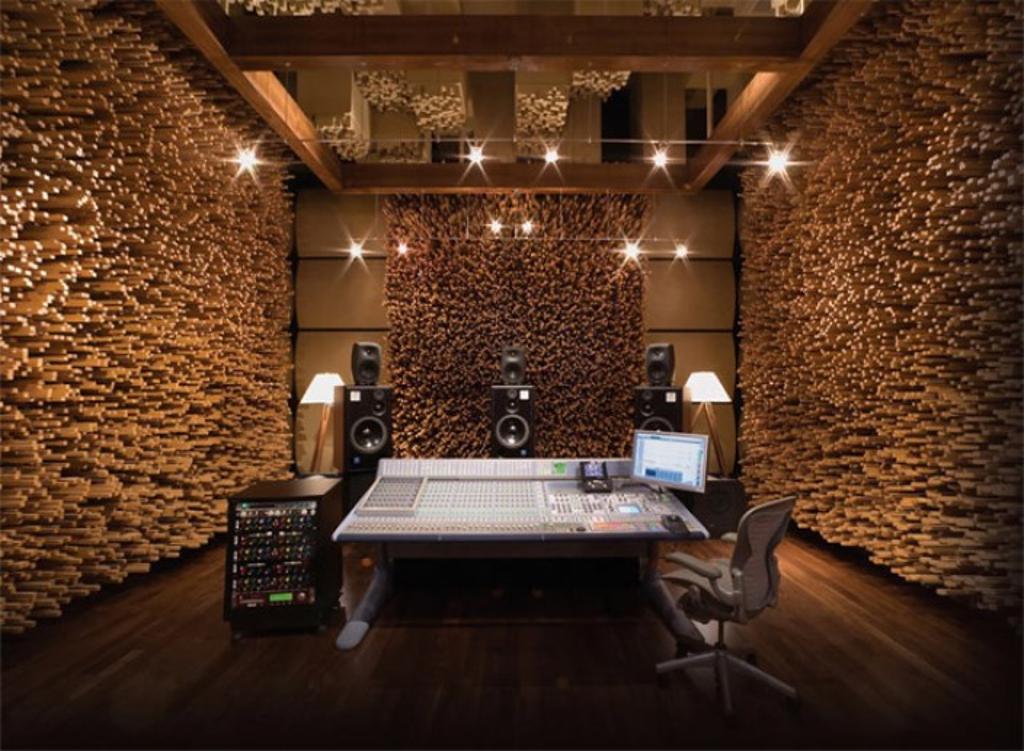 In conclusion,
incorporating soundproofing into house design, especially in the living room, can greatly enhance the overall experience and functionality of the space.
It creates a peaceful and private sanctuary, improves the entertainment experience, and minimizes noise transfer between rooms.
Investing in a soundproof living room wall is not only beneficial for your own enjoyment, but it can also add value to your home.
So if you're looking to create a peaceful and functional living space, consider adding a soundproof living room wall to your house design.
In conclusion,
incorporating soundproofing into house design, especially in the living room, can greatly enhance the overall experience and functionality of the space.
It creates a peaceful and private sanctuary, improves the entertainment experience, and minimizes noise transfer between rooms.
Investing in a soundproof living room wall is not only beneficial for your own enjoyment, but it can also add value to your home.
So if you're looking to create a peaceful and functional living space, consider adding a soundproof living room wall to your house design.



